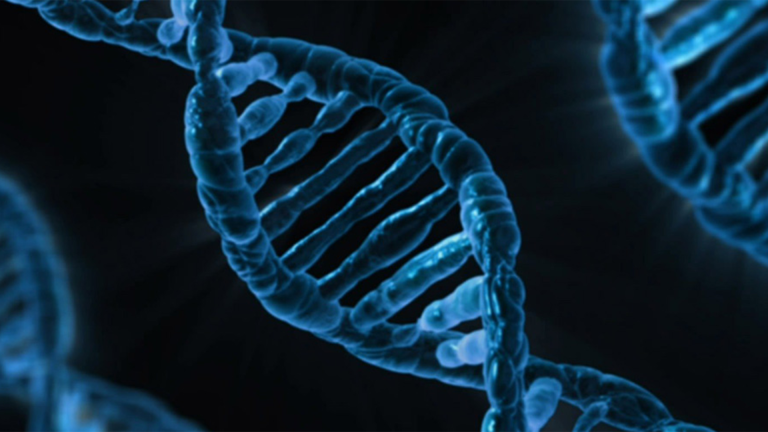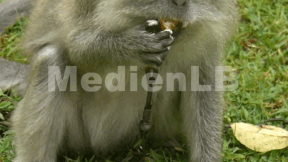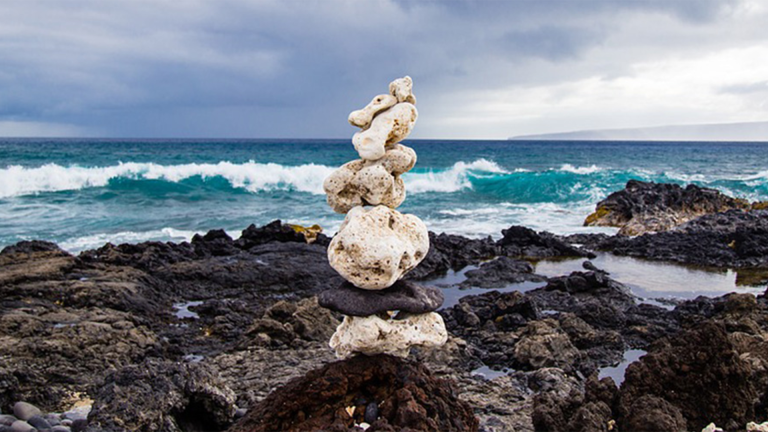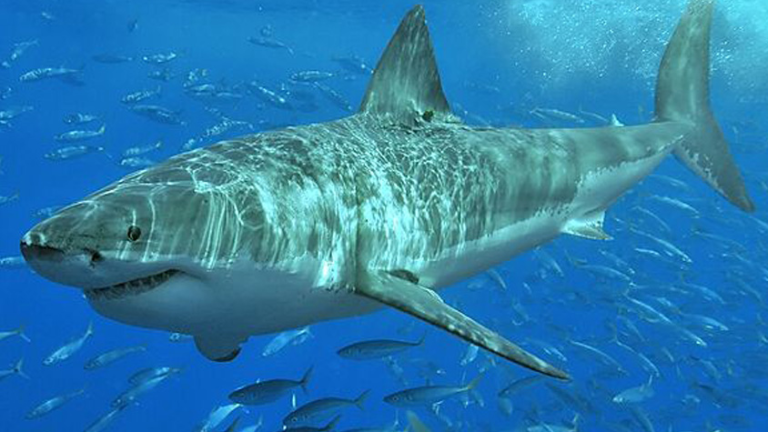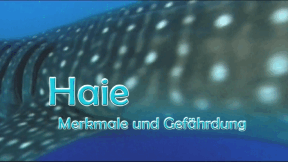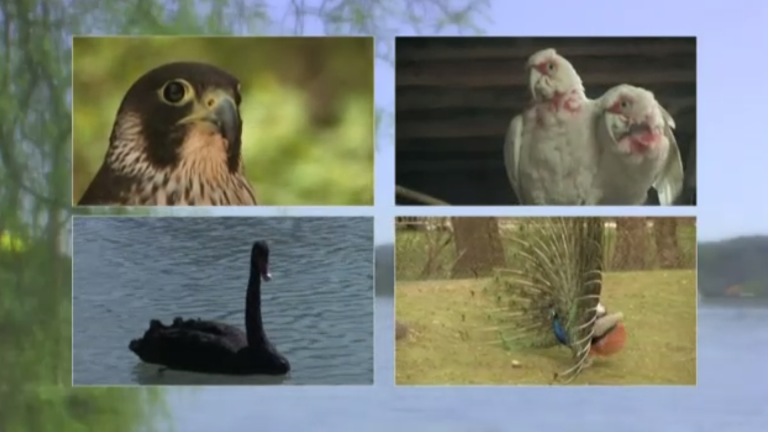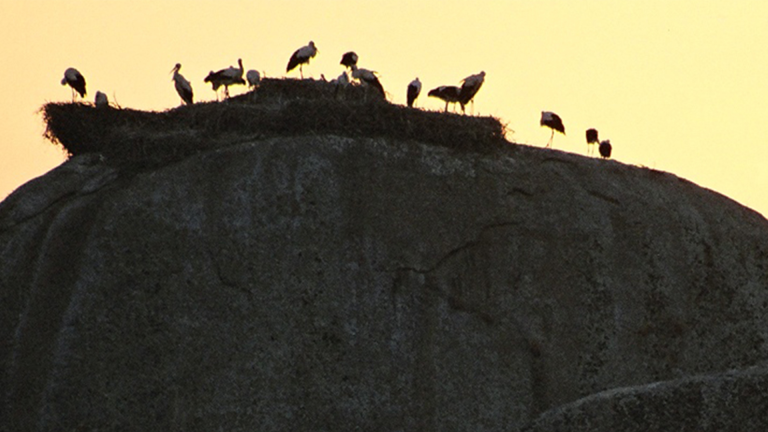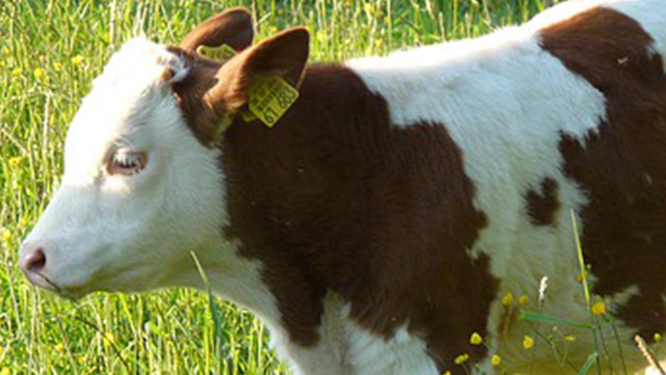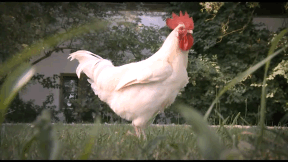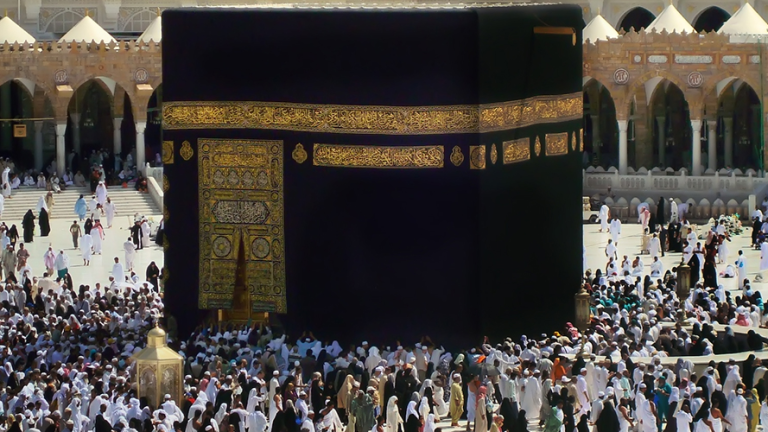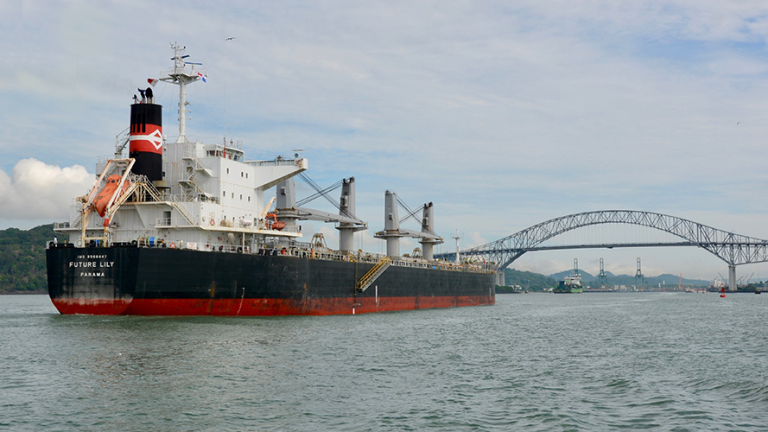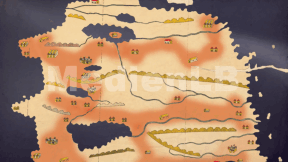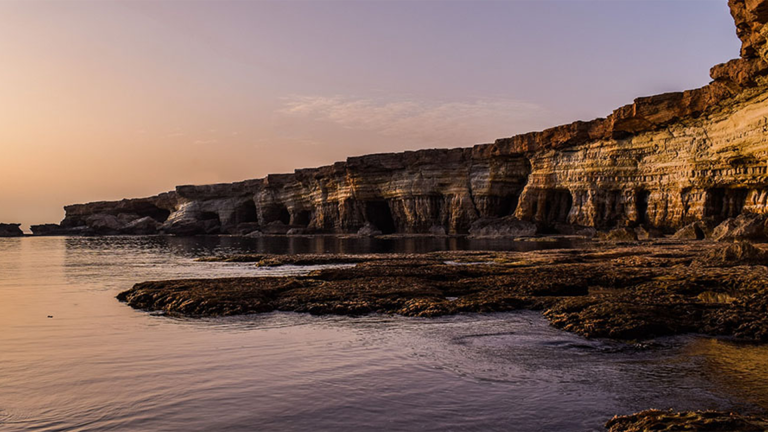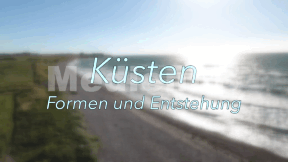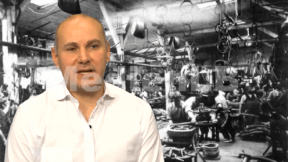Suche:
- # Artistry
- # Biology
- # Chemistry
- # Ecological
- # Economy
- # English
- # Foreign Language
- # Geography
- # German
- # Health
- # History
- # Informatik
- # Latin
- # Mathematics
- # Media Education
- # Music
- # Physics
- # Politics / Civics
- # Preschool
- # Primary School
- # Religion
- # Society
- # Sports
- # Technology
- # Training of Teachers
- # Vocational Education
Genetic Code Sun
Life on Earth assumes a large variety of shapes. There is plant life and animal life. Protozoa live alongside human beings, ants alongside fish and elephants, a blowball alongside a cactus.
Learn moreHecht
Der Hecht ist Fisch des Jahres 2016. Er ist einer unserer größten heimischen Raubfische. Sein Maul ist mit messerscharfen Zähnen gespickt.
Learn moreSharks
The enormous size of the jaws and the frightening teeth of sharks have always attracted people's interest. Horrifying news of attacks on humans did the rest – "Jaws“: Steven Spielberg turned this best seller by Peter Benchley into a world-famous film. The story, published in 1974, is based on true events. In the 1960s, sharks were often spotted off America's coasts and the press was generous with reports often so scary that fear was fuelled. One day, as a shark stranded, it was a unique opportunity for the crowd of perplexed swimmers to observe the supposedly terrible monster at close range. Watching living sharks from special protective cages is a popular albeit expensive tourist attraction. It is an unforgettable experience to watch and photograph a shark swimming freely and gliding gracefully.
Learn moreBirds
This DVD from the Vertebrates series comprehensively introduces birds by means of various examples of indigenous, tropical and polar bird species. Among other things, it provides information on typical bird characteristics such as skeleton and bone structure, structure and function of the beak and feathers as well as the principle of light-weightness. Impressive close-ups of prepared bird bones as well as of a feather’s vane serve to illustrate these aspects. The adaptability of birds to the environments of air, land and water as well as to different kinds of food are shown by means of the examples of typical representatives of the species such as eagle and falcon, emu, duck, moorhen and kingfisher. Here, the pupils also learn about the relation between diet and shape of beak. The reproduction and breeding of birds is illustrated with impressive outdoor pictures of courtship and nest-building with different bird species, the hatching of a chick, the raising of grey herons up to the squabs’ first attempts at flying. Furthermore, the menu includes additional pictures as well as a tabular list of the different breeding times of altricial and precocial birds. Thus, this DVD offers flexibility and variety in the classroom and is especially suited for interactive learning.
Learn moreThe White Stork
People have always found the white stork fascinating. It is a large, conspicuous bird, which exposes itself to human curiosity by the choice of its nesting places, therefore people tend to assign meaning to its behaviour. Today, the white stork is still believed to bring good luck. The film covers the characteristics of white storks, their appearance and behaviour as well as the order of Ciconiiformes. The habits of the white storks, their habitats and migration routes are shown in the film, too. In the Reproduction Chapter, we can see interesting pictures of hatching chicks and their first attempts at flying. The DVD includes first-grade bonus material on the bird migration research carried out by the Max Planck Research Centre for Ornithology headed by Peter Berthold. The white stork’s cultural significance and myths told about it as well as the ties between countries, which are strengthened by the “European Stork Villages”, are covered, too. The bonus material is only available in German and adds approximately 14 minutes to the film.
Learn moreBlossoms
In impressive pictures several interesting biological topics are conveyed by this film: knowledge of the structure of blossoms, their variety of forms as well as significance and purpose of their colours and scents. Thus it becomes comprehensible why blossoms are so differently structured, how self pollination is avoided and which evolutionary achievement is behind the symbiotic interaction between blossoms and pollinators. Pollination is a “deal“: the plant offers the insects nectar in exchange for the transport of the pollen. Prerequisite for this is the mutual adaptation process of the blossom to the mouthparts of the insect and vice versa. That cheating goes on during this “business relationship” between plant and animal is illustrated with the example of flower mimesis. The perfect way in which blossoms succeed in attracting insects without offering them nectar in return is another highlight of this film. Together with the extensive accompanying material the DVD is perfectly suited for use in the classroom.
Learn moreOrganic Farm
That is how we imagine an ideal farm. Free-range hens, cows are being driven from the pasture into the stable, a cat is straying across the yard, the dog is watching over everything... This farm of farmer Ponzaun, however, exists today only because he need not subsist on the profit he makes from selling the products grown on his farm. The main income on the Ponzaun farm derives from the guests who want to experience once again what life was like on a farm in former times. During their holiday on the farm the children and the grown-ups want to participate in the daily life that is determined by the care for and life together with the animals and nature.
Learn moreIslam
Like Christians and Jews, Muslims believe in only one God. Today about four million Muslims
Learn moreHandelsrouten
Seit Jahrtausenden handeln Menschen mit den verschiedensten Waren. Anfangs geschah dies in einem sehr begrenzten Umfeld, im Laufe der Geschichte wurden für seltene und exotische Handelsgüter allerdings auch weite Wege und gefährliche Reisen in Kauf genommen.
Learn moreCoasts
The border area of the ecosystems of land and sea, which influence each other, is referred to as coast.
Learn moreHigh-tech Locations
The satellite dishes of the first terrestrial communications site on German ground in Raisting near the Ammersee have been a symbol of high-tech in Bavaria for decades.
Learn more



